The colder days are closing in. It means it's the season for Nabe meals! In winter nabe is often served as a dinner in Japan. Nabe actually means 'pot' in Japanese. Nabe is a variety of hot pot dish that is normally eaten with family and friends.
There are many styles of nabe. The styles depend on what ingredients you choose to add. Ingredients are also decided depending on what soup is accompanying.
If it is kombu or bonito dashi soup, crab or cod is added. If the soup is chicken based it is often chicken meatballs. With miso-based soup, pork or chicken is a good choice. Then vegetables are added such as Chinese leaf, carrots, mushroom, spring onion and tofu! It is totally up to you what to put in Nabe, but in Japan, the ingredients are carefully considered.
The ingredients are cooked together in one pot 'nabe'. They are then portioned out, usually at the table into smaller bowls. Once most the pot is finished, more ingredients are added to the soup and cooked again for a second round. After eating it all, when it is just soup is left, it's possible to cook another dish called 'Shime'. Shime means 'to finish'. It is made by adding noodles or rice to the soup. If the soup is kombu or crab based, cooked rice is added. When the soup is chicken, garlic, miso-based, udon noodles are added. It is a great way to use up the rest of the nabe soup of you are still feeling hungry and are craving some starchy carbs!
How to cook miso pork nabe for 2
|
Ingredients Soup Shime |
Cut Chinese leaves, carrots and spring onion. Slice the pork. Boil the soup and add all the ingredients together to nabe! Once the ingredients are cooked, you can just eat them! For shime, you can boil noodles with the soup that is left in the pot.
|
How to cook cod nabe with dashi soup
|
Ingredients Soup Shime |
Cut all the veg, you can leave the shiitake as it is. Cut tofu to the cube shapes. Boil the soup while you do that, and add cod then the rest of the ingredients once. For shime, cook the boiled rice in the soup that is left in the pot, and add an egg to that and scramble.
|

